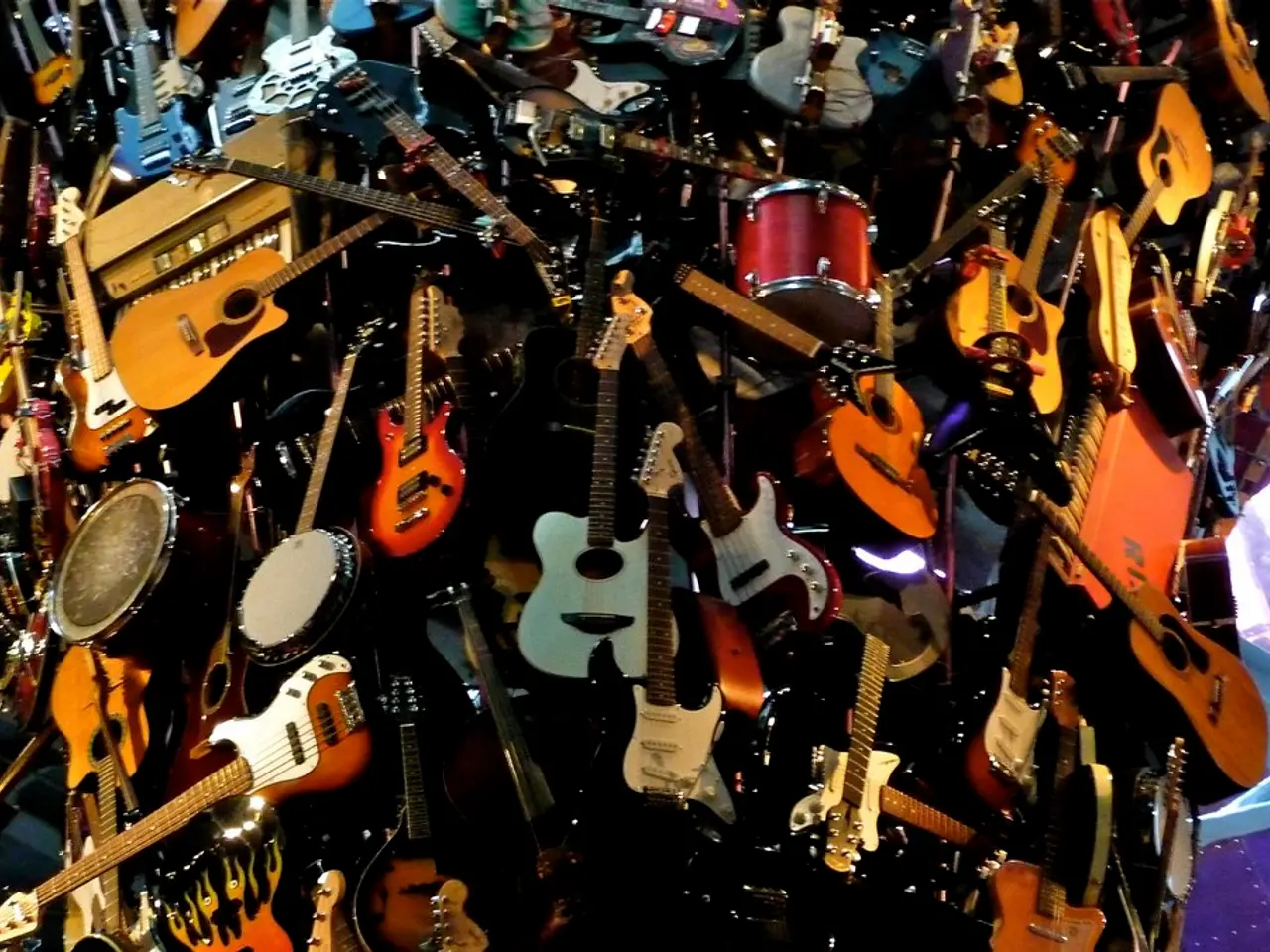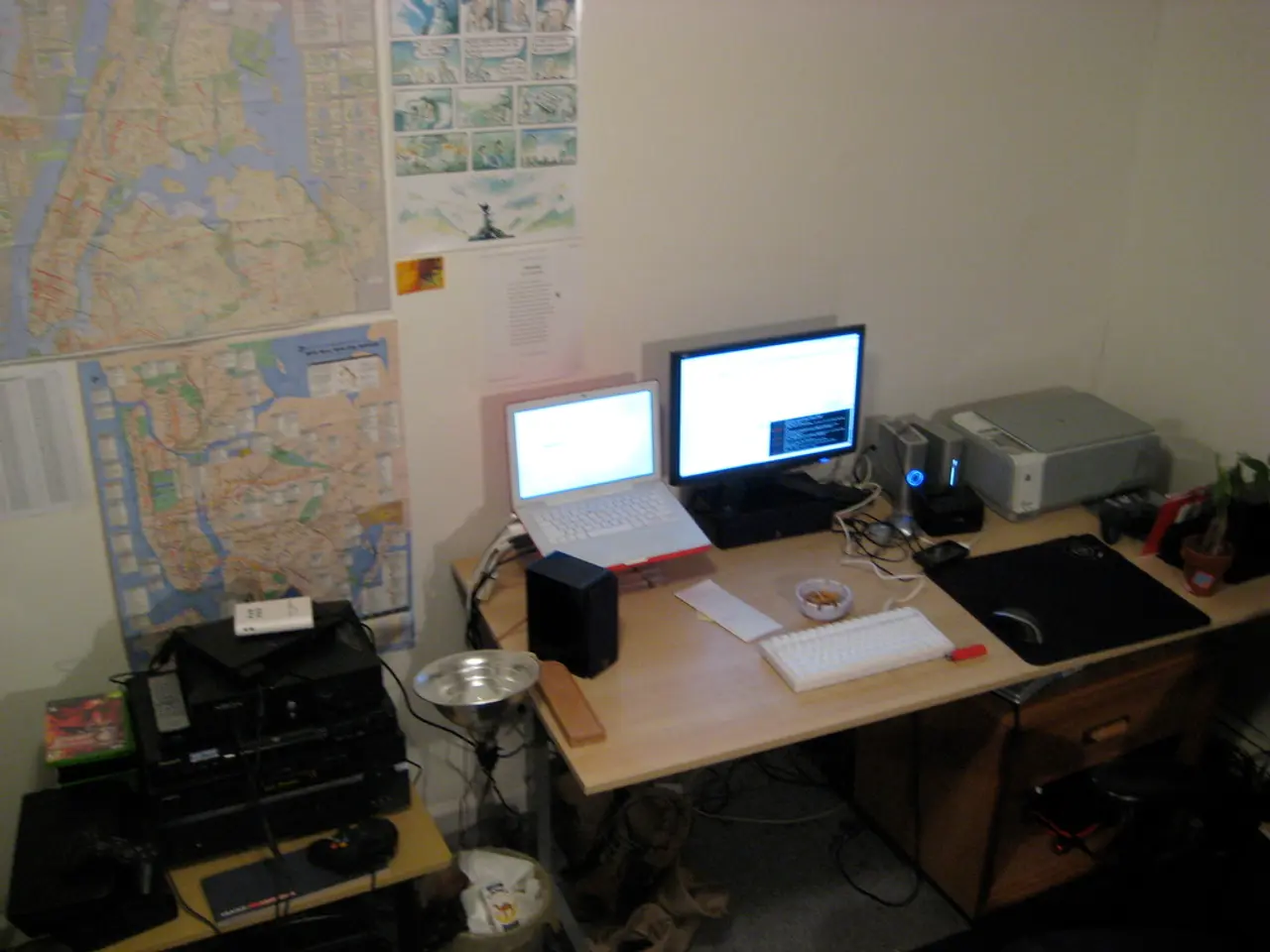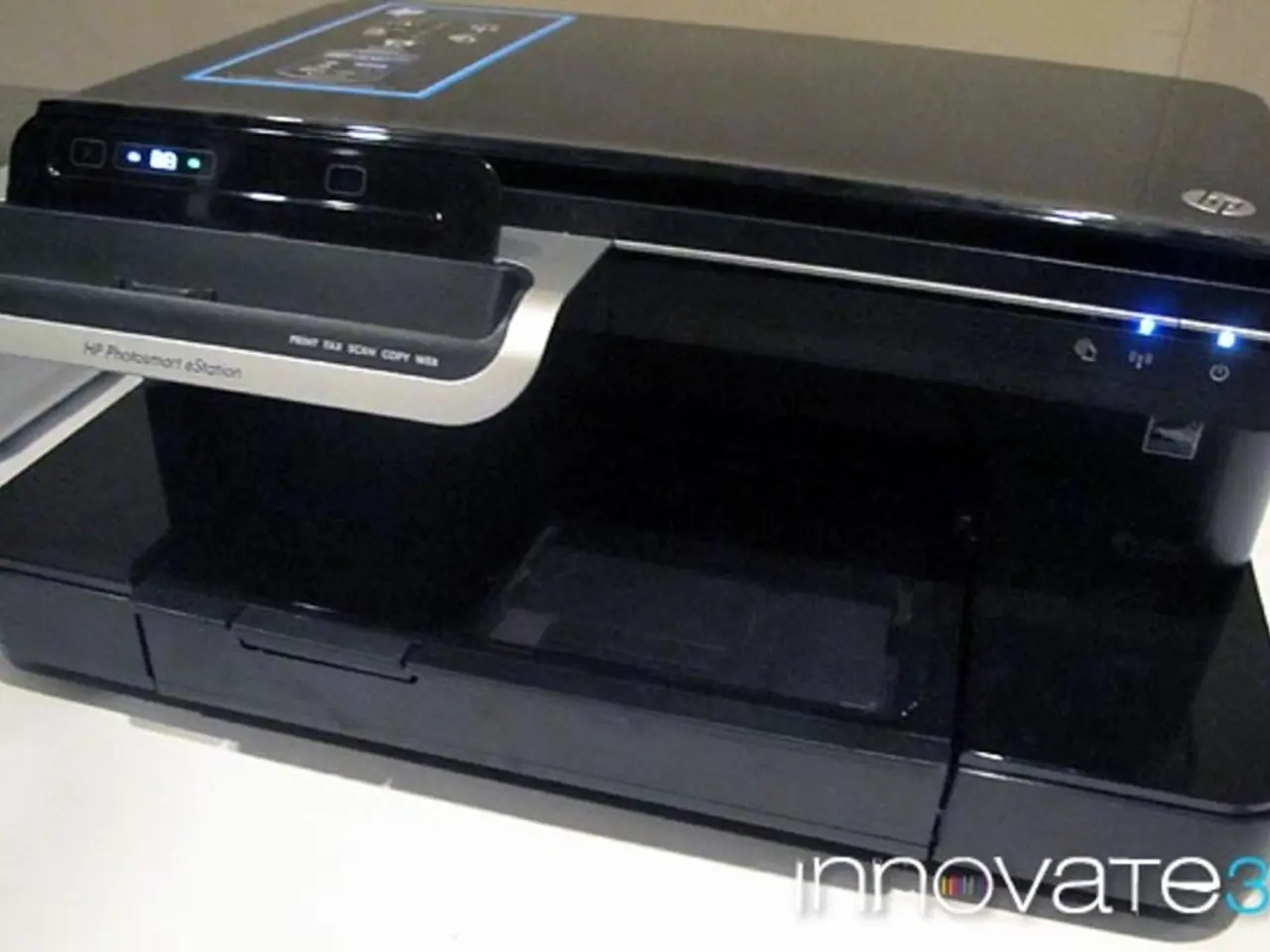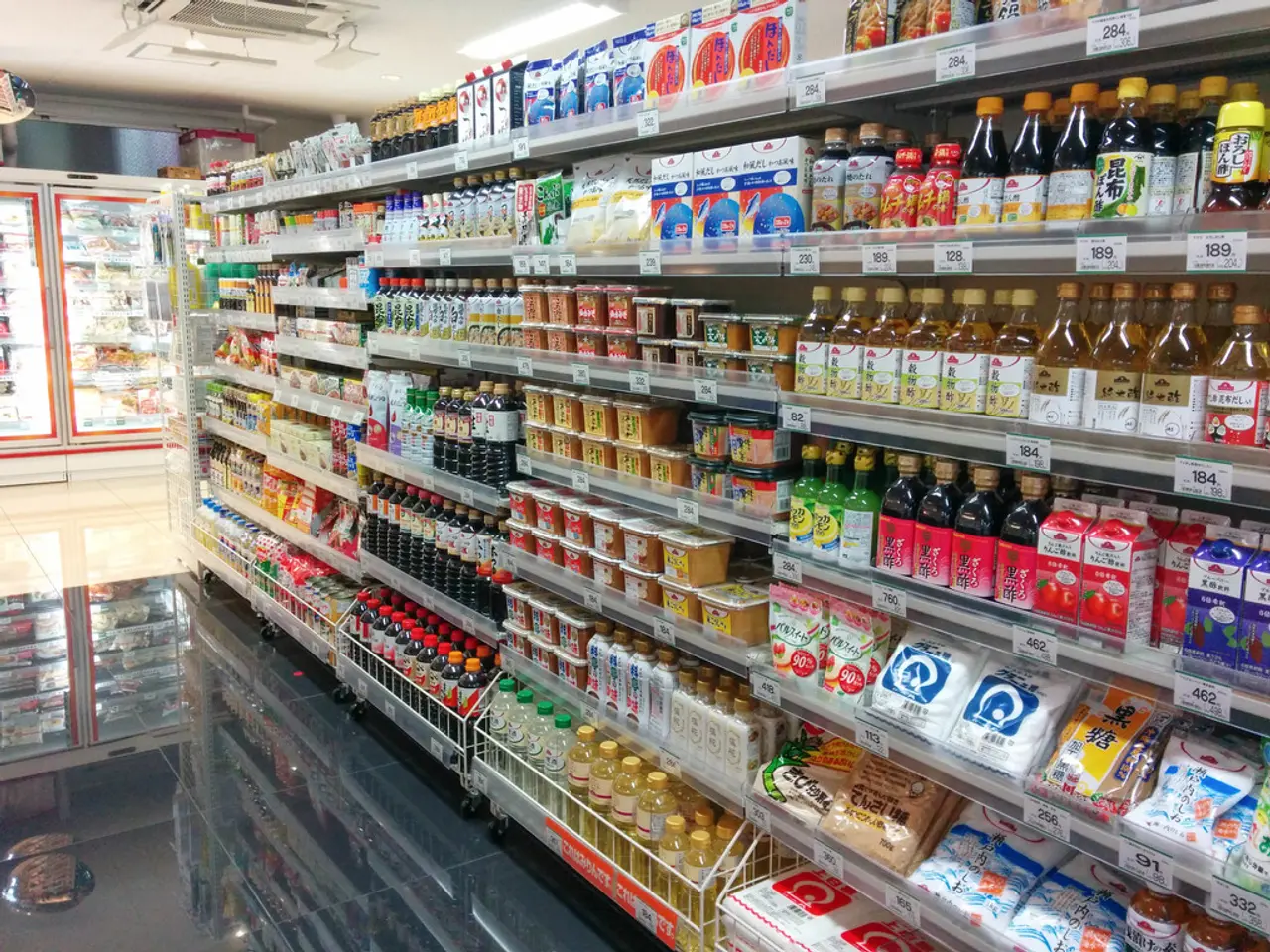AI music creation process unveiled: a behind-the-scenes look at composing tunes automatically.
In the ever-evolving world of technology, Artificial Intelligence (AI) is making significant strides in the realm of music. AI is not just a tool for creating music, but it requires careful use to ensure the future of music remains soulful and expressive.
Neural audio codecs, such as SoundStream, play a pivotal role in AI music generation. These innovative tools primarily help by compressing and representing complex audio signals as discrete latent tokens. This efficient, high-fidelity reconstruction and manipulation within generative models enable AI systems like MusicGen to generate music based on inputs like text or melody.
More concretely, neural audio codecs compress raw audio waveforms into compact discrete tokens (latent codes) through learned encoders. They enable reconstruction of audio from these tokens via decoders with minimal quality loss. By operating in this discrete latent space, AI models find it easier to model and generate audio sequences, supporting advanced techniques like multi-stream codebooks and residual vector quantization to capture rich audio features.
Neural audio codecs also provide a bridge for integrating conditioned inputs with audio generation, maintaining coherence with the conditioning while generating diverse musical content. Furthermore, they enable creative audio resynthesis methods, such as latent granular resynthesis, that recombine granular segments in latent space to produce novel audio textures without traditional synthesis discontinuities.
Meanwhile, AI is also making waves in the field of voice cloning. Models like AudioLM learn the statistical relationships between audio tokens over time, enabling them to mimic accents, emotions, or even age the voice up or down. Advanced voice cloning systems, such as Voicebox, VALL-E, and ElevenLabs' Prime Voice AI, can replicate someone's voice using only a few seconds of reference audio.
These systems convert text into intermediate acoustic representations, like mel-spectrograms, which are then turned into waveforms by neural vocoders like WaveNet, WaveGlow, or HiFi-GAN. Voice AI systems, such as Tacotron 2, VITS, and OpenAI's Whisper, are neural network-based and generate speech from scratch.
The use of AI in music and voice cloning raises questions about the emotional connection to songs written by machines, originality, and the line between craft and convenience. However, AI-generated music is already being used by Grammy-winning producers for ideation, arrangement, and polishing mixes.
In summary, neural audio codecs like SoundStream are fundamental to modern AI music generation because they efficiently encode audio for generative modeling, allowing high-quality, controllable, and scalable music synthesis from abstract representations and conditioning inputs. As AI continues to evolve, it's clear that these tools will play an increasingly important role in shaping the future of music.
Technology, such as neural audio codecs like SoundStream, plays a critical role in AI music generation. These tools enable high-quality, controllable, and scalable music synthesis from abstract representations and conditioning inputs, shaping the future of music. Additionally, AI is also making substantial progress in voice cloning, using systems like AudioLM to mimic accents, emotions, or even age voices, raising questions about the emotional connection to songs written by machines.




